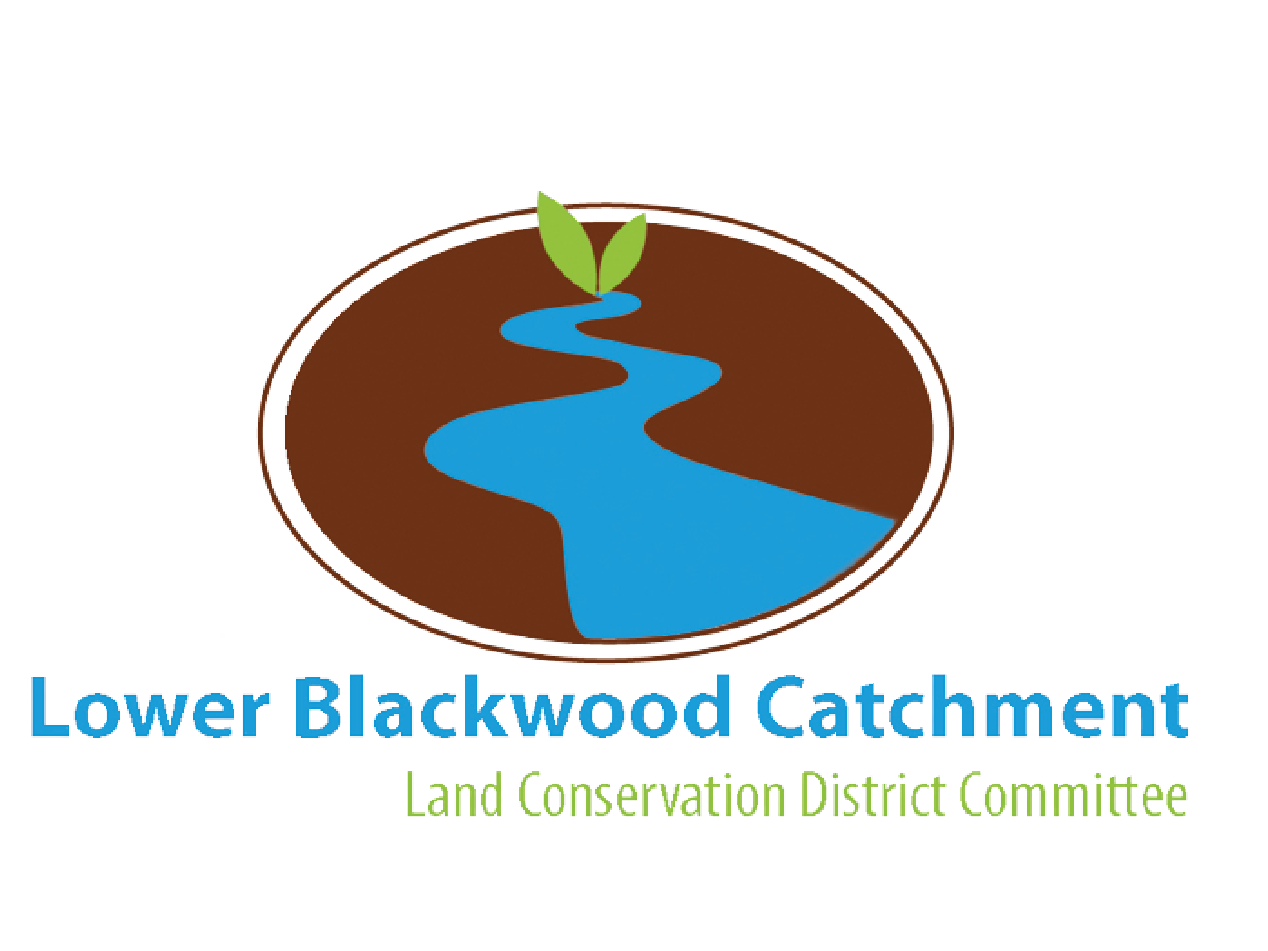Riparian Restoration
What is it and Why do we do it?
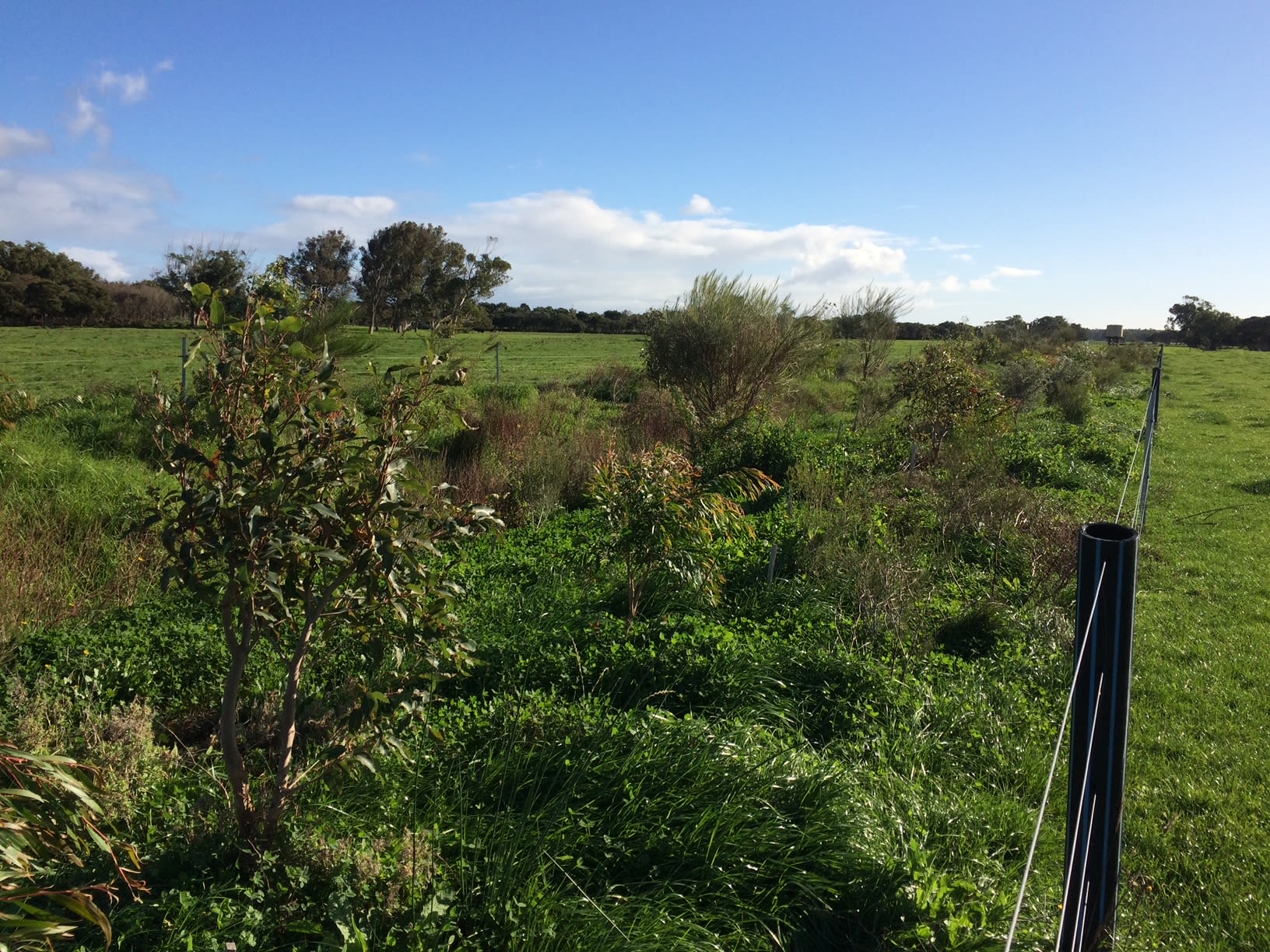
What is Riparian Revegetation?
The plants growing on the banks of rivers, creeks, and along the edges of wetlands are referred to as 'riparian vegetation'. Riparian vegetation can include trees, shrubs, grasses and vines in a complex structure of groundcovers, understorey and canopy.
Riparian vegetation creates a safe habitat for a wide range of different wild-life species such as aquatic insects, fish, and birds. As well as reducing air and water temperatures, and regulating in-stream primary production through shade, energy, and nutrient supply.
Riparian Revegetation site in Warner Glen
Riparian Revegetation site in Warner Glen
Riparian Revegetation site in Warner Glen
Riparian Revegetation site in Warner Glen
Riparian Revegetation site in Warner Glen
Riparian Revegetation site in Warner Glen
Taxandria linearifolia
Taxandria linearifolia
Taxandria linearifolia
Taxandria linearifolia
Melaleuca incana
Melaleuca incana
Corymbia calophylla / Marri
Corymbia calophylla / Marri
Rushes and grasses on waters edge
Rushes and grasses on waters edge
Why Revegetate Your Waterways?
The health and functioning of waterways in the Lower Blackwood Catchment is critically dependent on intact riparian vegetation.
Fencing waterways to exclude stock and revegetating with carefully selected plant species can provide vital ecosystem services on your property.
Riparian vegetation protects adjacent farmlands from erosion, stabilises banks, buffers crops and pastures from wind, and provides habitat for beneficial pollinating insects and native fauna.
Shade and shelter created by riparian revegetation can improve pasture productivity, reduce water-borne infections, and improve stock health and safety. Riparian vegetation also stores large quantities of carbon, and improves water filtration and water quality both on your property, throughout our Catchment, and ultimately the Hardy Inlet.
“When stock such as cattle or sheep can freely access waterways and riparian zones, their waste is directly deposited or washes into the waterway, contributing excessive organic matter and nutrients which impact local and downstream water quality. The stock also erode the banks and trample vegetation,”
Riparian plants are generally categorised as either shrubs, trees, sedges, herbs or climbers.
Plants are selected based on the needs of specific projects and soil types. Below we outline some of the most useful species from these categories and explain where and why we use them.
Steps to Revegetate Areas of Your Farm Successfully
Presented by revegetation expert Brook Devine from Cape Life, this recorded webinar provides landholders with tips and tricks on how to successfully revegetate areas their farm & farm waterways. By the end of this webinar participants will understand:
- what the key steps are for a successful revegetation program - what factors to take into account when selecting a site(s)
- how to make the right species selection for their chosen site(s)
- how to prepare a site for planting success - the best method for planting their selected species - what is required to maintain the health of plants while they establish & beyond.
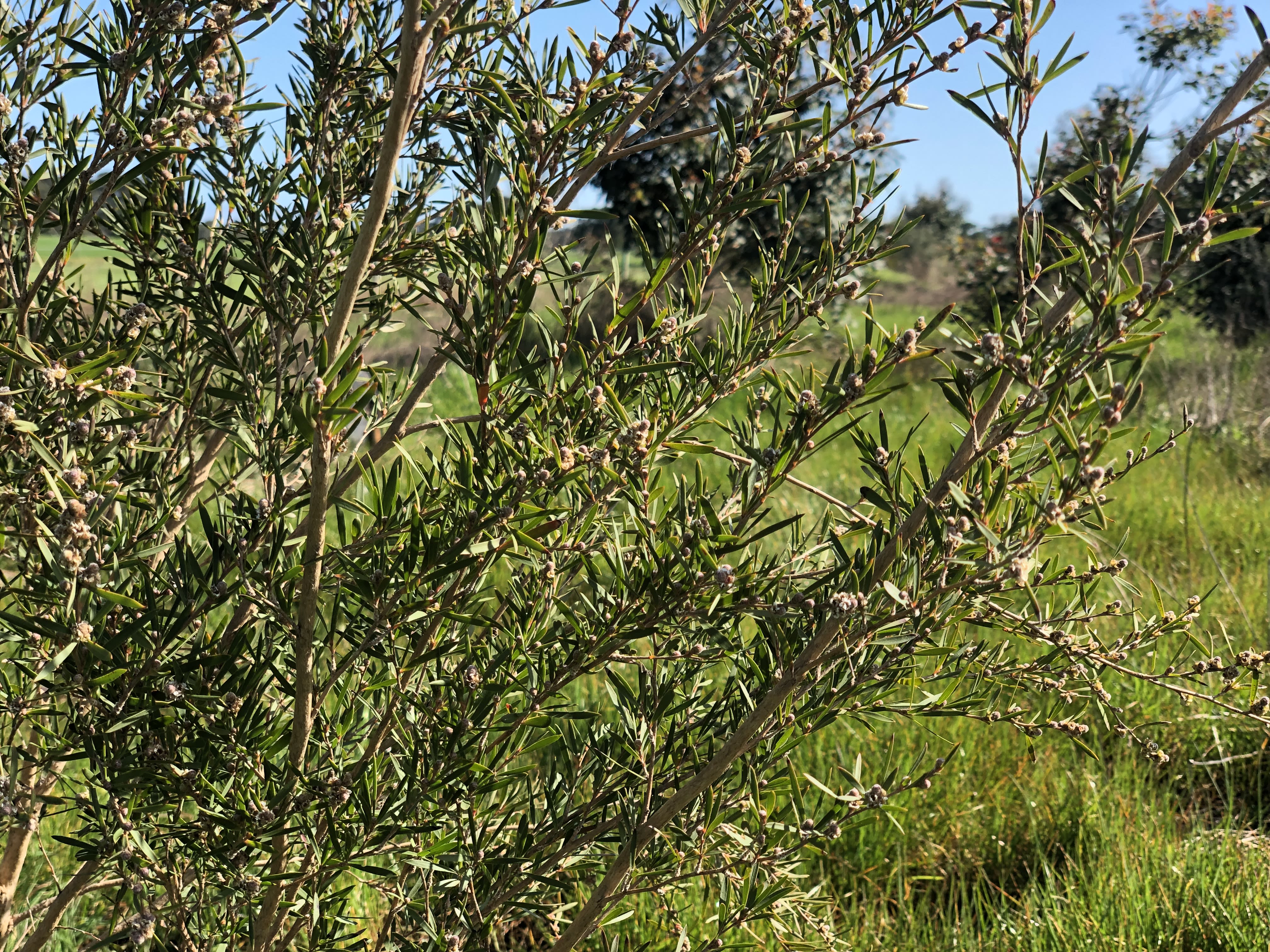
RIPARIAN SHRUBS
Astartea scoparia (Common Astartea)
A small shrub to 1.8m. Grows in sandy and loamy soils, but tolerates most soil types and small drought periods. Produces masses of white flowers over summer months, attracting pollinating insects.
Swamp Peppermint
Swamp Peppermint
Taxandria linearifolia (Swamp Peppermint)
A medium-sized shrub that loves wet areas and grows in a variety of soils. Very common along watercourses and wetland edges in south-west WA. Flowers in white clusters in March - May or September - December.
Grey Honey Myrtle
Grey Honey Myrtle
Melaleuca incana (Grey Honey Myrtle)
A small, hardy shrub that grows well in a variety of wet zones, and tolerates drying out in summer. From the Myrtaceae family, the Grey Honey Myrtle is endemic to the south-west of WA. This shrub grows quickly (up to 2 metres in 3 years) and provides a sturdy windbreak for stock. Bees and other pollinators love its yellow flower which blooms in winter. An added advantage of Melaleuca incana is its prolific seeding capacity, and can quickly populate an area with minimal interference.
Beaufortia sparsa (Swamp Bottle Brush)
A small erect shrub with beautiful red-orange flowers that grows in mostly sandy soils around swamps and watercourses. Endemic to the south-west of WA. Flowers from January to April or September to November.
The Swamp Bottle Brush is an important nectar source for Honey and Pygmy Possums and encourages bees, wasps, birds and other pollinators to the area.
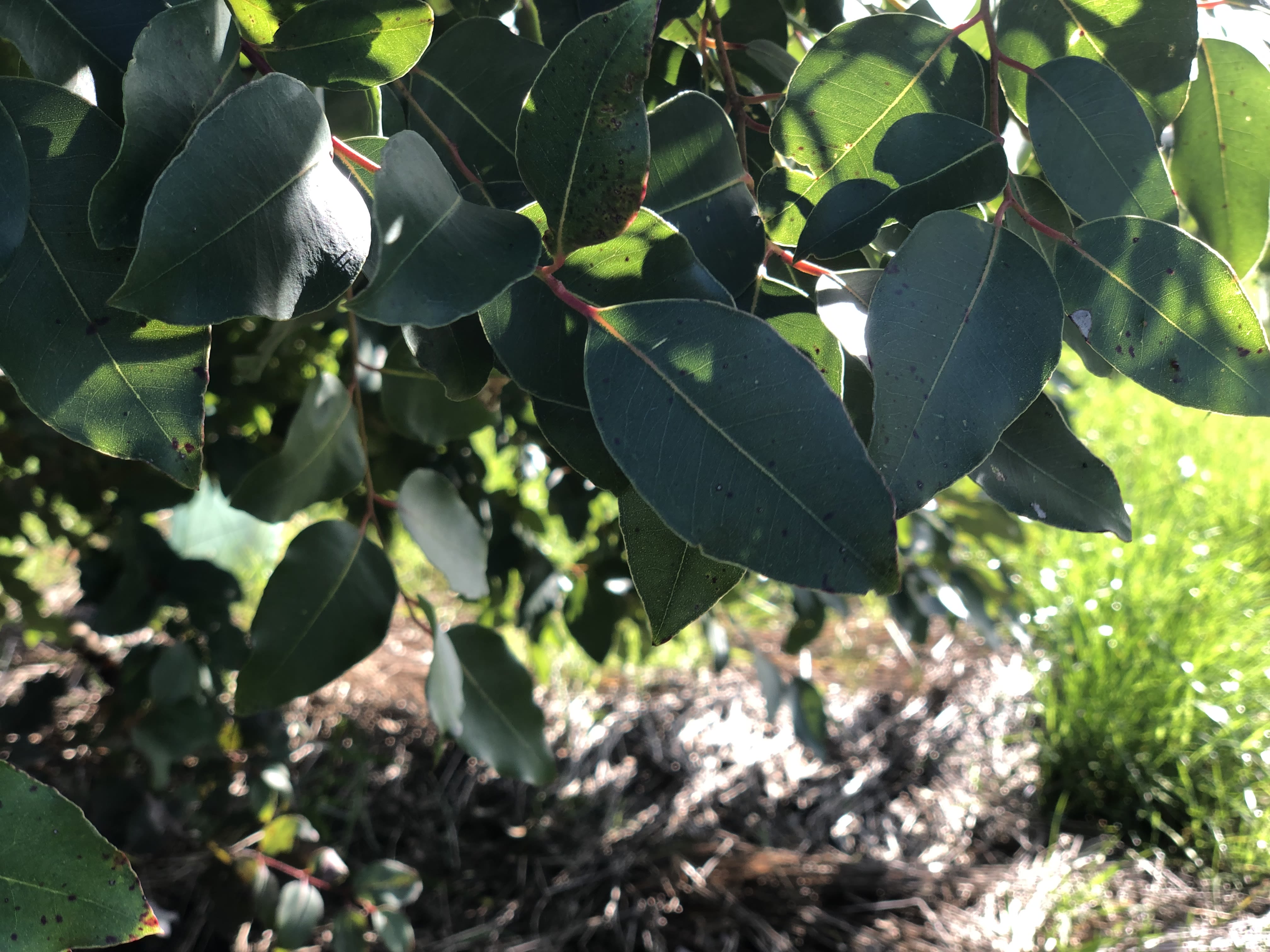
RIPARIAN TREES
Image: Botanic Gardens and Parks
Image: Botanic Gardens and Parks
Corymbia calophylla (Marri)
Our most common tree in the south west. Grows to 40-50m high in a variety of soils and landforms. Makes a great windbreak and shelter tree. Flowers in summer which provides an important nectar source for birds and insects.
Marri are also important for vineyards. The late summer flowers help to take the bird pressure away from the vines.
Melaleuca rhaphiophylla (Swamp Paperbark)
Our classic Swamp Paperbark tree. Grows to 10m tall but can also take on a large shrub form. Flowers spasmodically in spring and summer. Its shallow roots and propensity to grow right in wetlands and on watercourses, make it an important tree for stabilising soils and trapping sediment to reduce erosion. It provides great habitat for water birds as it provides shelter in wetlands and flood zones during the breeding season.
Agonis flexuosa (Peppermint)
Everybody knows our famous Peppies, and some farmers don’t like them as they spread into paddocks. They are one of the most common and hardy trees in the Lower Blackwood region. They grow fairly fast and tolerate windy conditions, and are an important pioneer species when trying to establish riparian vegetation.
Riparian Sedges
"The sedge family, or Cyperaceae, are monocotyledonous flowering plants. The Cyperaceae are grasslike herbaceous plants found especially in wet regions throughout the world. The Cyperaceae, among the 10 largest families of flowering plants, contain about 5,000 species and, depending on the classification used, between 70 and 115 genera. The members are distributed throughout all the continents except Antarctica."
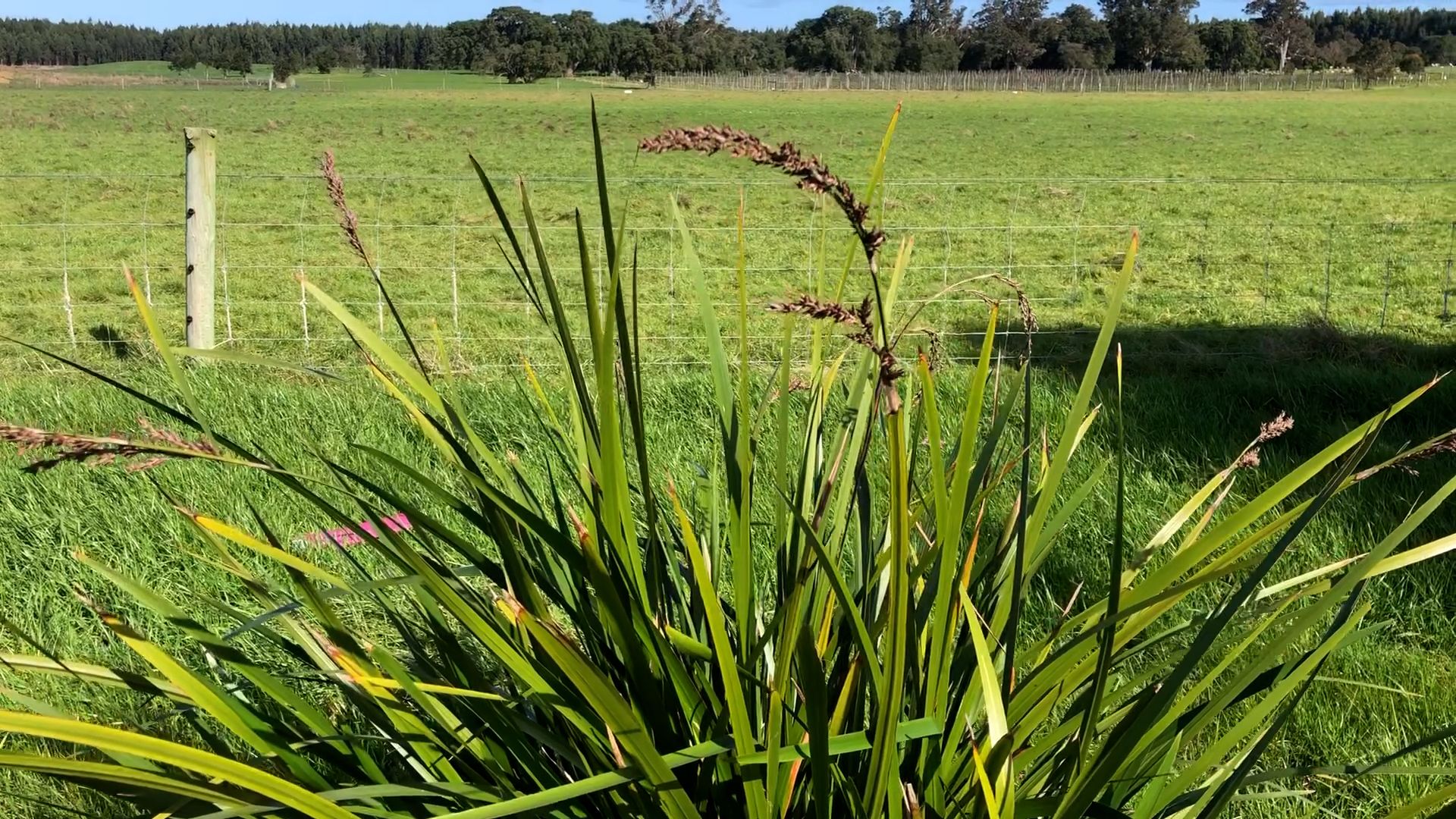
RIPARIAN SEDGES
Coastal Sword Sedge
Coastal Sword Sedge
Lepidosperma effusum (Coastal Sword Sedge)
The Coastal Sword Sedge seeds well, is hardy and spreads quickly. It's one of the few species that can hold its own against the pressure of kikuyu grass. It's known as a 'pioneering species' (Pioneer species means hardy species that are the first to colonize previously biodiverse steady-state ecosystems. It means that they are the heroes which help other species find the place to live). It is planted in winter as it can handle the waterlogging in the wetlands, but can also manage comfortably in long dry summers without watering.
Baumea rubiginosa (Soft Twig-Rush)
An ideal plant for wetland zones, it is a robust perennial sedge that typically grows up to 250cm tall and thrives with wet feet. It is tolerant of frosts, low nutrient soils and even poor water quality.
The tufted sedge spreads from a short thick underground stem creating a thick understory which provides a safe haven for native flora and fauna .
Riparian Vines
"A plant whose stem requires support and which climbs by tendrils or twining or creeps along the ground."
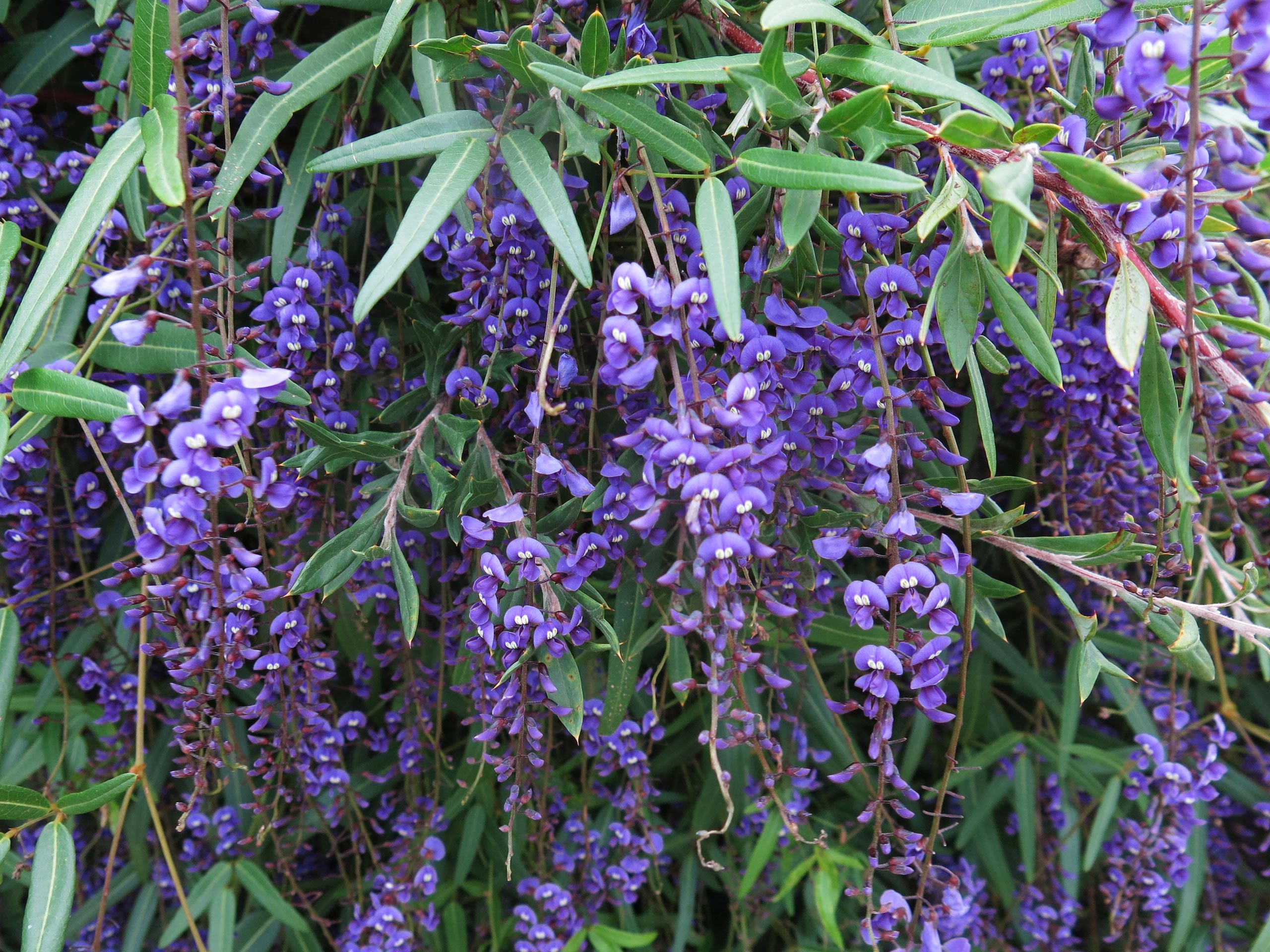
RIPARIAN VINES/CLIMBERS
Hardenbergia comptoniana (Native Wisteria)
The Native Wisteria is a twining vine that is native to the south west of Australia. It is a hardy plant that is drought tolerant and will survive on sandy or gravelly soils. This plant loves full sun but will survive happily in part shade.
This plant grows fast. In late winter it blooms with a burst of purple flowers and twines extensively, creating a dense understory to attract and protect insects and small fauna.
Kennedia coccinea (Coral Vine)
The Coral Vine is a vigorous, dense ground cover and climber that flowers in late winter and spring. It grows about 30cm high and 3-4m wide, so is an ideal plant for protecting soils. It tolerates drought and frost and grows in sandy loam, gravelly loam, gravelly clay loam and clay loam.
It is very good for attracting insects so is a valuable eco-system booster.
Support from Lower Blackwood LCDC
The Lower Blackwood LCDC offers funding support to our local grazing farmers on both large and small properties located within the Lower Blackwood Catchment. The funding can help restore stream function through stock exclusion fencing and revegetation which reduces soil erosion and organic loading while also enhancing the uptake and removal of nutrients.
Project sites are to be situated on a natural water course or drain with preference given to fencing waterways when revegetation is also considered. To find out if you fall within the catchment area eligible for fencing and revegetation assistance, you can visit the Healthy Estuaries website.
For more information or to register your interest in riparian restoration, go to our website or contact:
Declan McGill, Lower Blackwood LCDC Revegetation Officer
E: declan.mcgill@lowerblackwood.com.au
Funders
This project is a part of Healthy Estuaries WA – a State Government program that aims to improve the health of our South West Estuaries
This Riparian Restoration Toolkit also forms part of the Lower Blackwood LCDC's project 'Scott River Action Plan Implementation Strategy and On-ground Action'. This project is supported by funding from the Western Australian Government’s State NRM Program.
